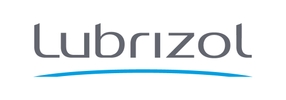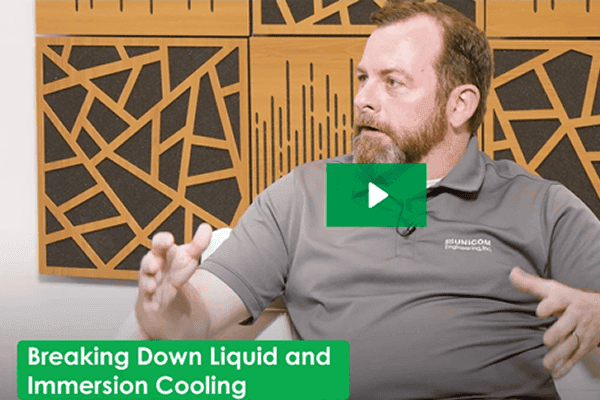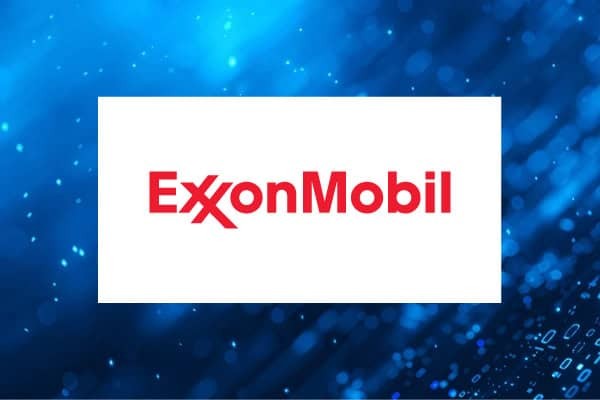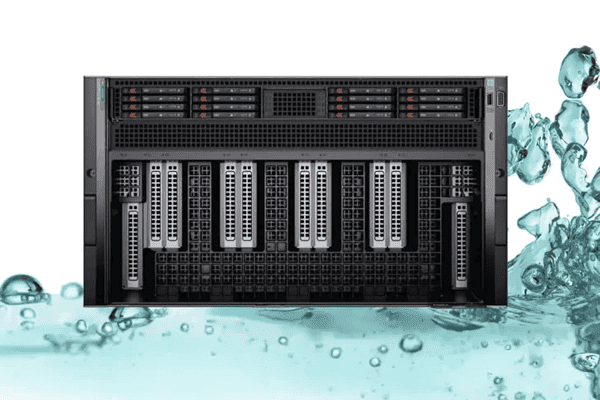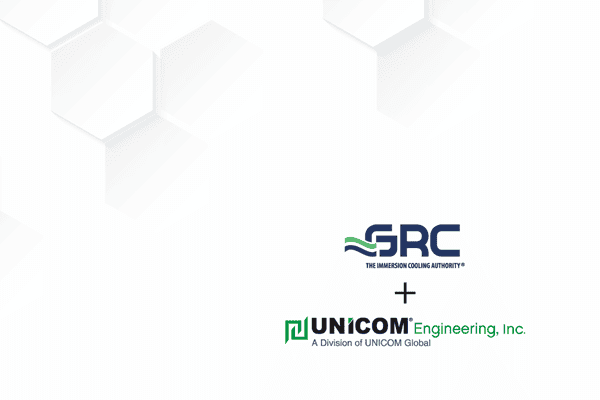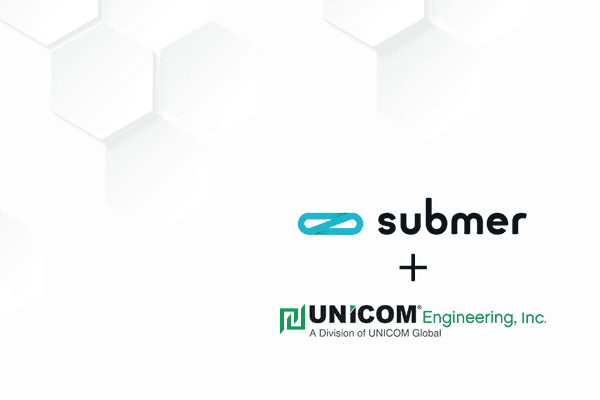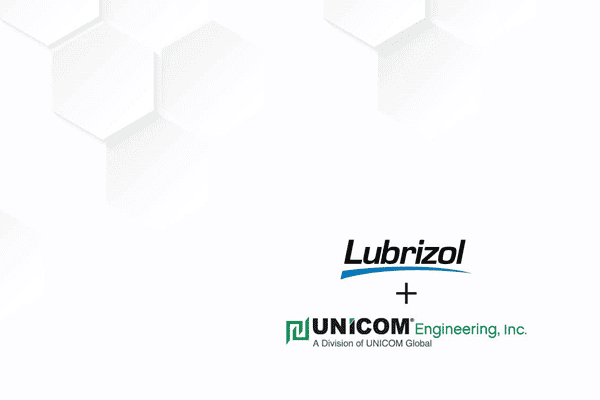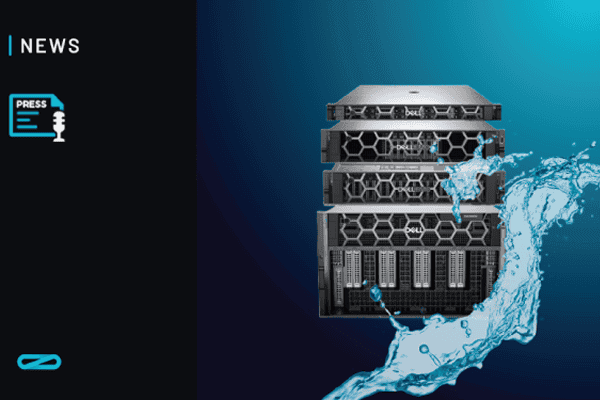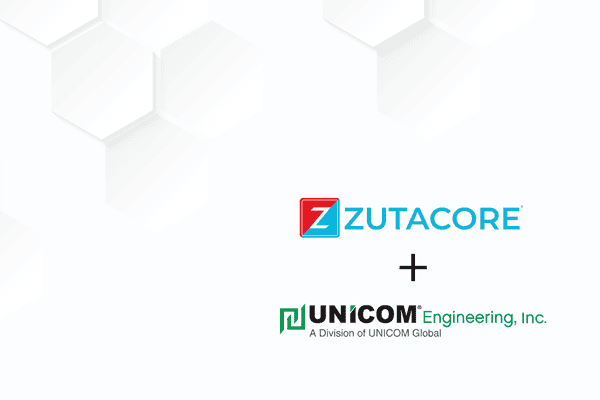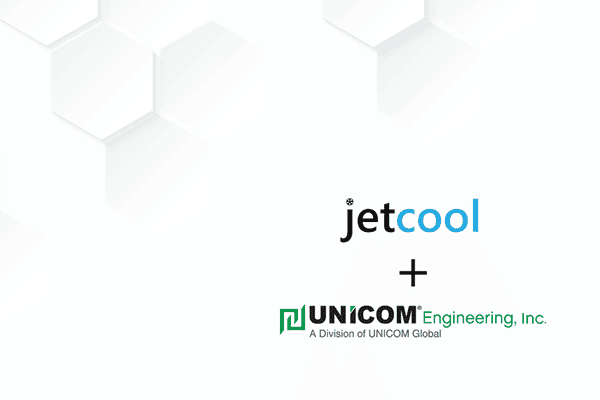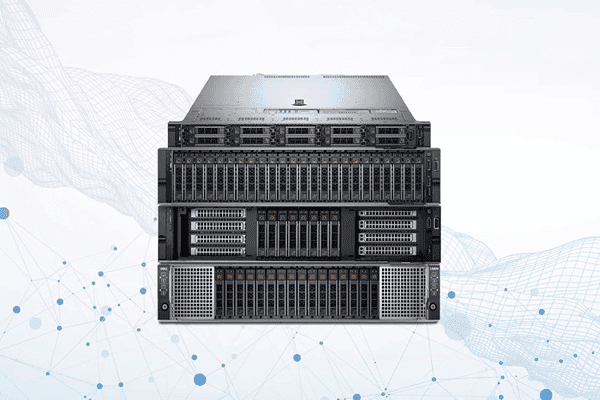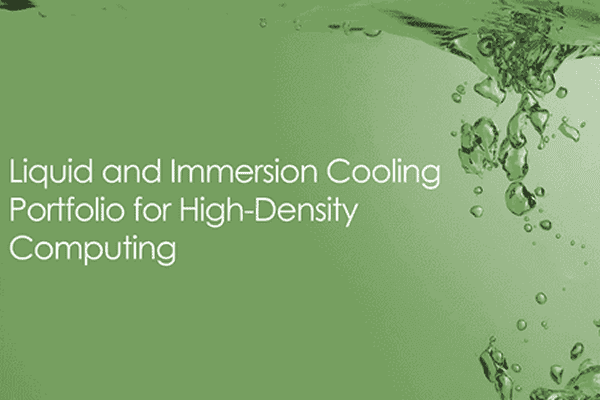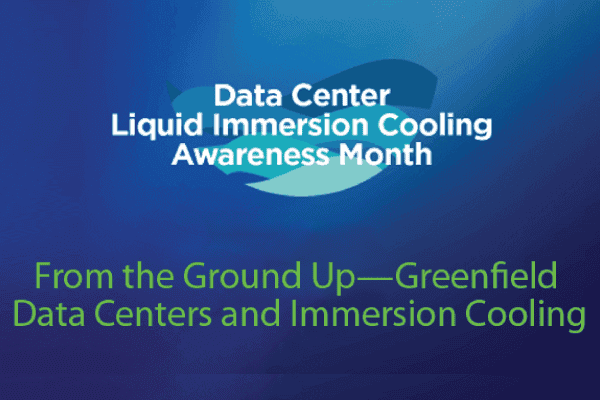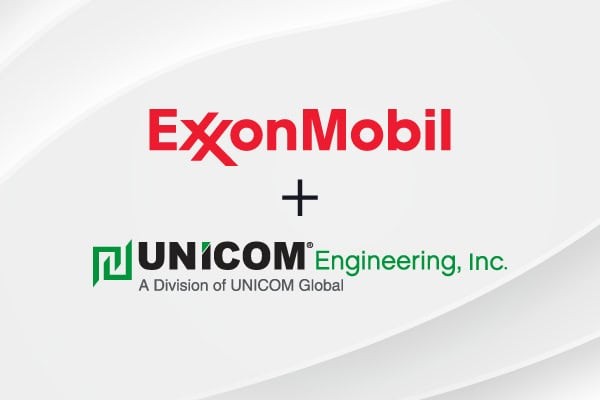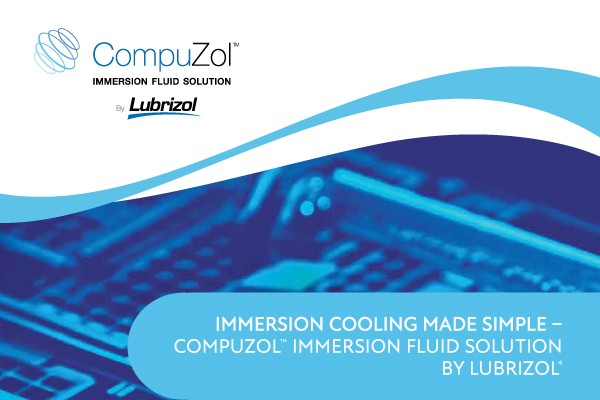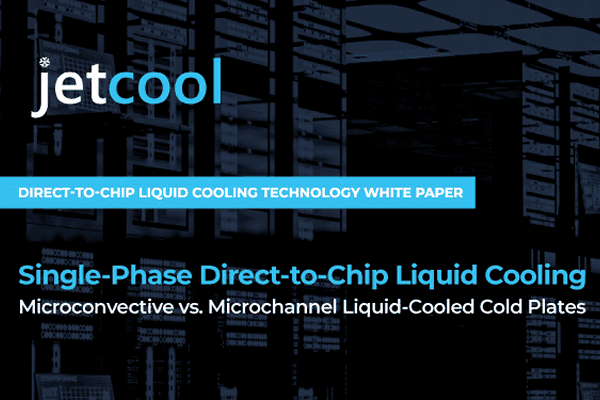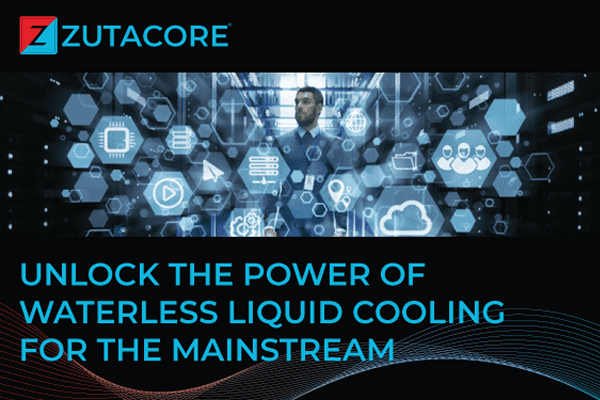This is where the zettabytes of data will be stored and analyzed daily. As this demand increases, so does density requirements and energy consumption, with 40% of a data center's typical power cost coming from cooling. At the same time, data centers are under pressure to increase efficiency, sustainability, and reduce their overall carbon footprint. And to compound existing challenges, technology is about to outpace what traditional air cooling methods can efficiently handle in the same form factor. All of this fuels the need for alternative cooling methods to meet the challenges and aptly address sustainability initiatives.
Direct to Chip Liquid Cooling (DCLC) and immersion are the future of cooling due to their inherent efficiency and density capabilities. In the simplest of terms, liquid methods perform a similar task to air by dissipating the heat from components like CPUs, GPUs, and accelerators and pulling it away from the hardware. As workloads become more demanding and these components become more powerful, their Thermal Design Power (TDP) increases. As TDP reaches and exceeds 350W, systems will require larger heat sinks and more space to cool with air effectively. Alternately, DCLC and immersion allow denser solutions with a smaller footprint while significantly reducing cooling costs.
Technology partners
Solutions built on the best of breed technology.
In-Depth Look: Liquid vs. Immersion Cooling
Featured Podcast
Austin Hipes, Chief Technologist and VP Engineering, discusses liquid and immersion cooling. He then dives deep into the market drivers, types, benefits, and use cases for each.
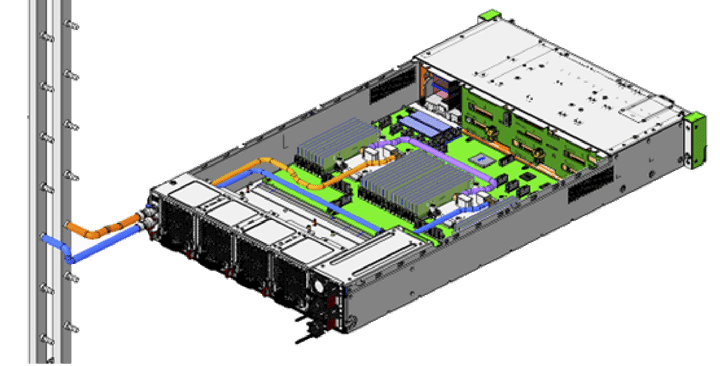
Direct to Chip Liquid Cooling (DCLC)
Liquid Cooling Defined
Meet the Highest Density Requirements with Immersion Cooling
Ideally suited for high-performance, high-density computing environments. Immersion cooling offers 100 percent heat capture with lower PUEs than air cooling, often reaching PUE values of less than 1.1, ensuring that the power consumed is going towards useful work. In this method, servers are entirely immersed in a tank of dielectric fluid so heat can be captured and very efficiently removed from hot components. It is ideal for new deployments as well as high-performance, non-traditional compute environments where the air temperature is not easily regulated. As we look to the future, immersion will offer the densest energy-efficient solutions on the market while exceeding most sustainability goals.
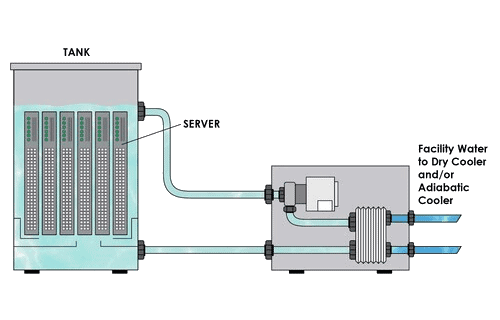
Single-Phase Immersion Cooling
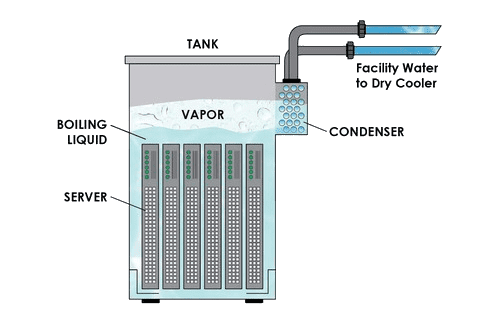
Two-Phase Immersion Cooling
Simplifying Immersion Cooling Deployment with UNICOM Engineering
UNICOM Engineering starts by utilizing the technology you are familiar with and trust from leading Tier-1 providers like Intel, Dell Technologies, and HPE. Working hand-in-hand with these partners, we offer DCLC solutions and fully validated and supported immersion-ready platforms. This includes all the services required from custom design and engineering to integration, logistics, and global support to simplify the transition. Our supplementary support covers the additional needs that immersion solutions require. We can even handle the conversion to immersion while keeping the safety and regulatory certifications intact. Basically, we make liquid and immersion cooling easy.
Fully Validated and Supported Immersion-Based Platforms Powered by Intel Xeon Scalable Processors
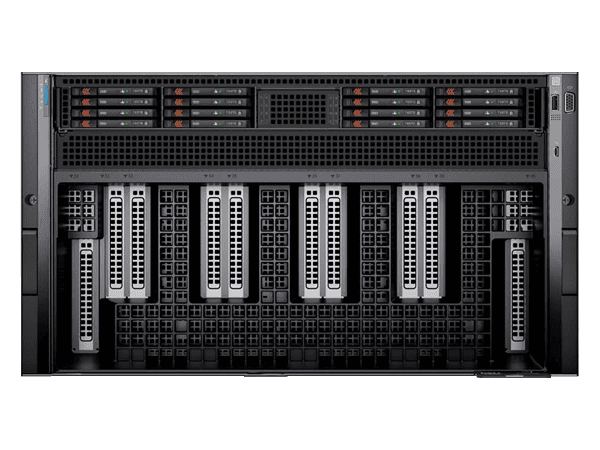
XE9680-IR
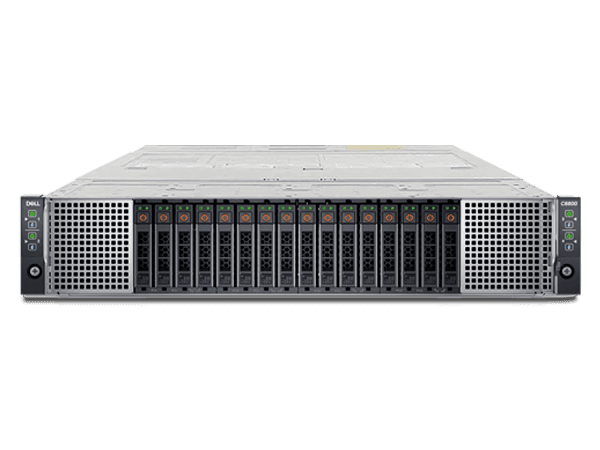
C6620-IR
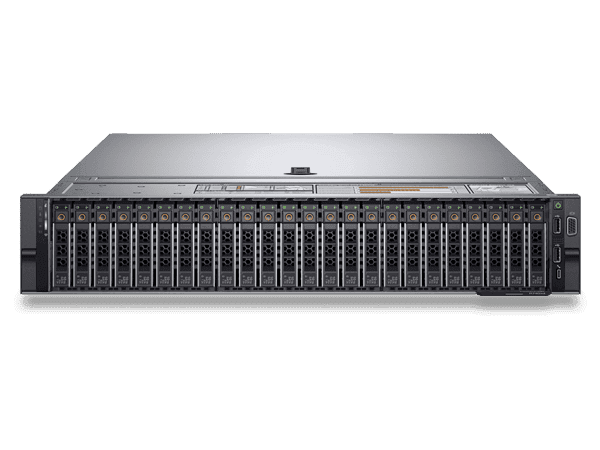
R760-IR
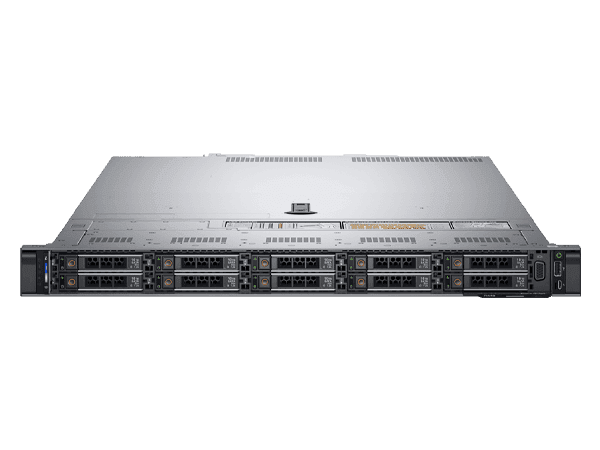
R660-IR
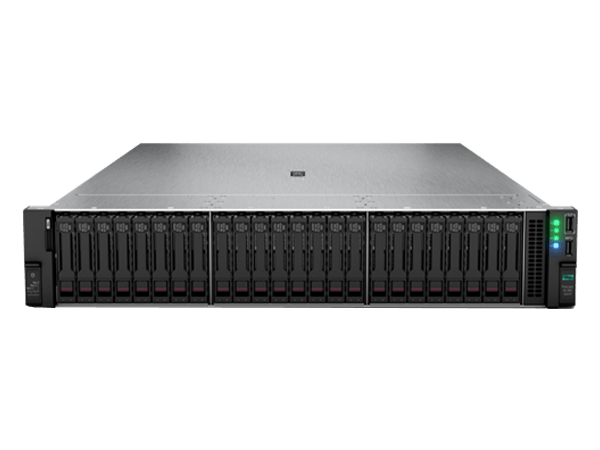
DL380 Gen11-IR
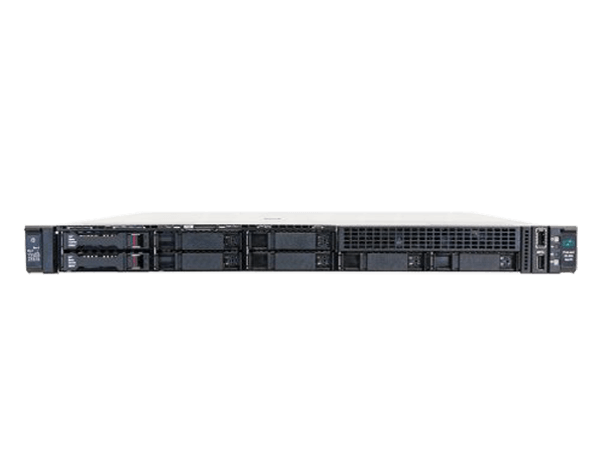
DL365 Gen11-IR
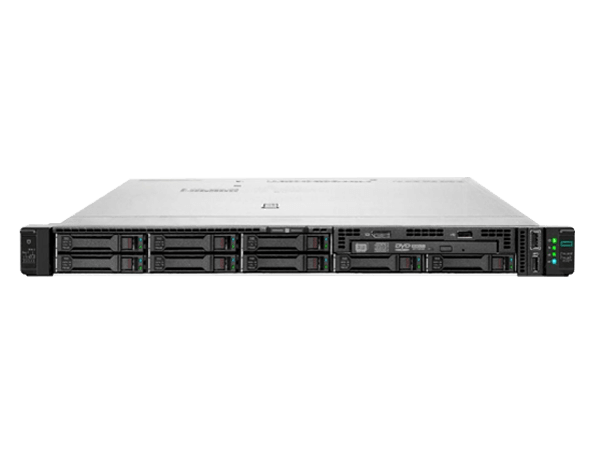
DL360 Gen11-IR
Fully Validated and Supported Immersion-Based Platforms Powered by 3rd Generation Intel Xeon Scalable Processors
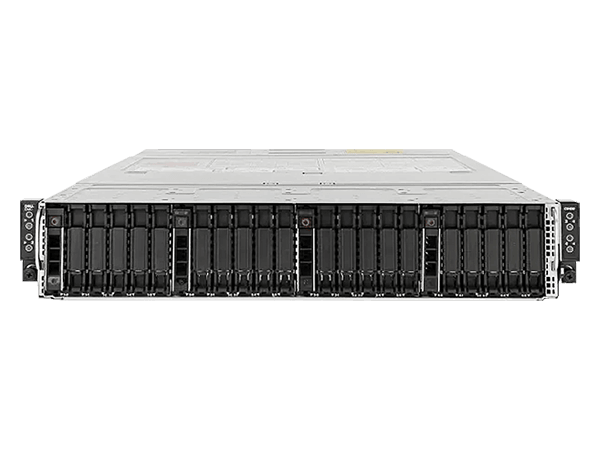
C6525-IR
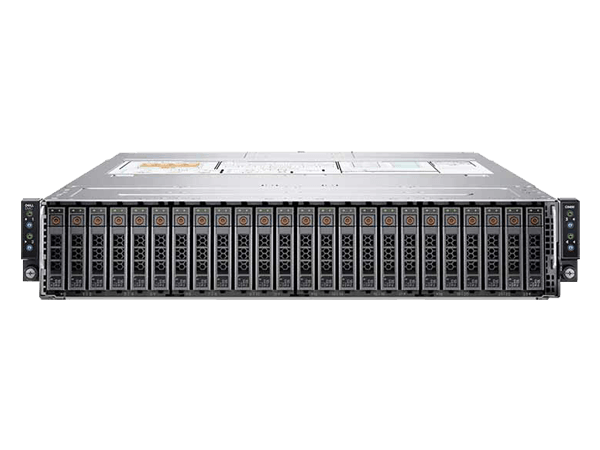
C6520-IR
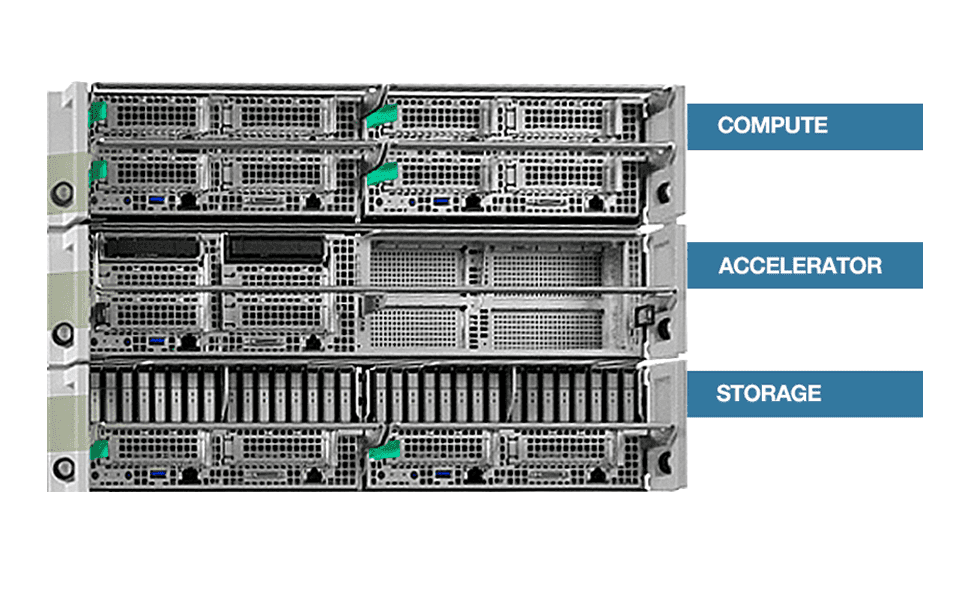
D50TNP-IR
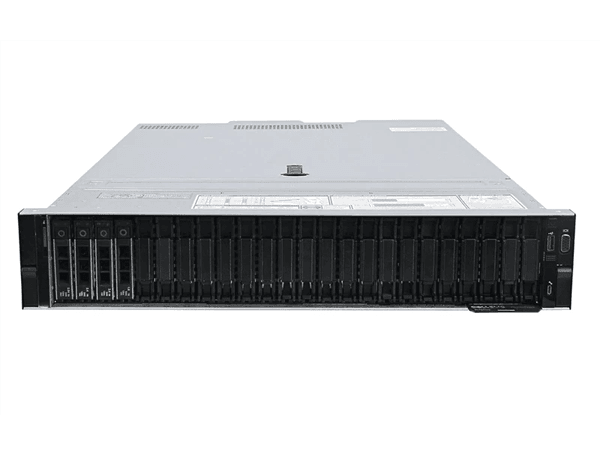
R750-IR
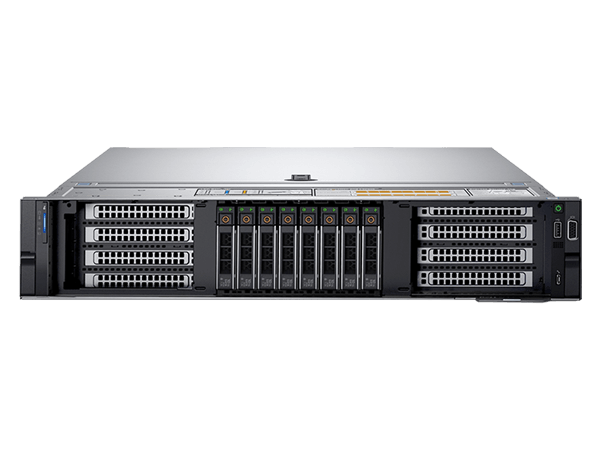
R750XA-IR
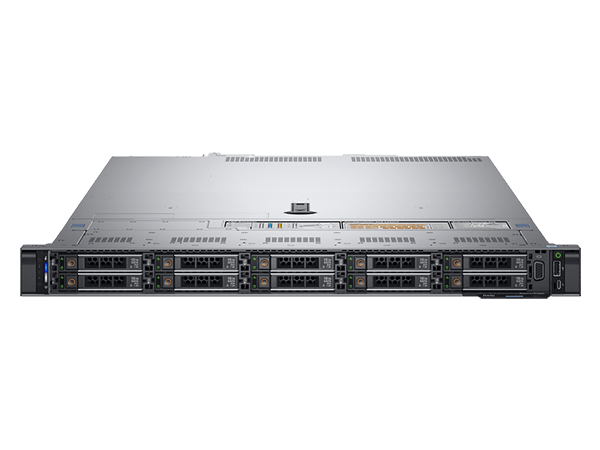
R650-IR

DL380 Gen10+-IR
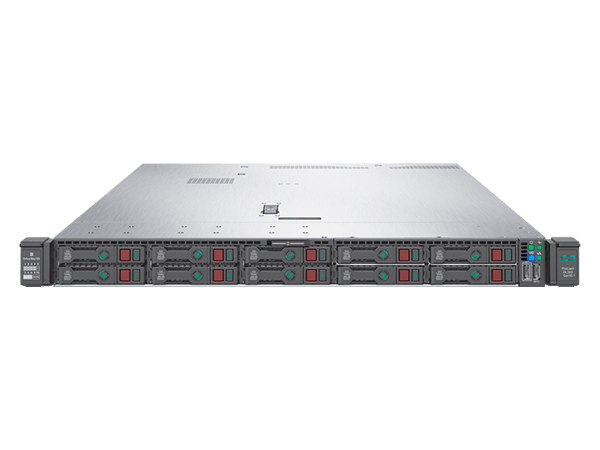
DL360 Gen10+-IR
Helpful resources
We've compiled a selection of Liquid Cooling resources that you may find useful.
Unlocking the Future with Liquid and Immersion Cooling
The quicker we start to engage the faster this can happen. We’ve provided some baseline information above, but we are much more engaging in person. Let’s discuss the technology and services that will optimize your application and drive performance.















